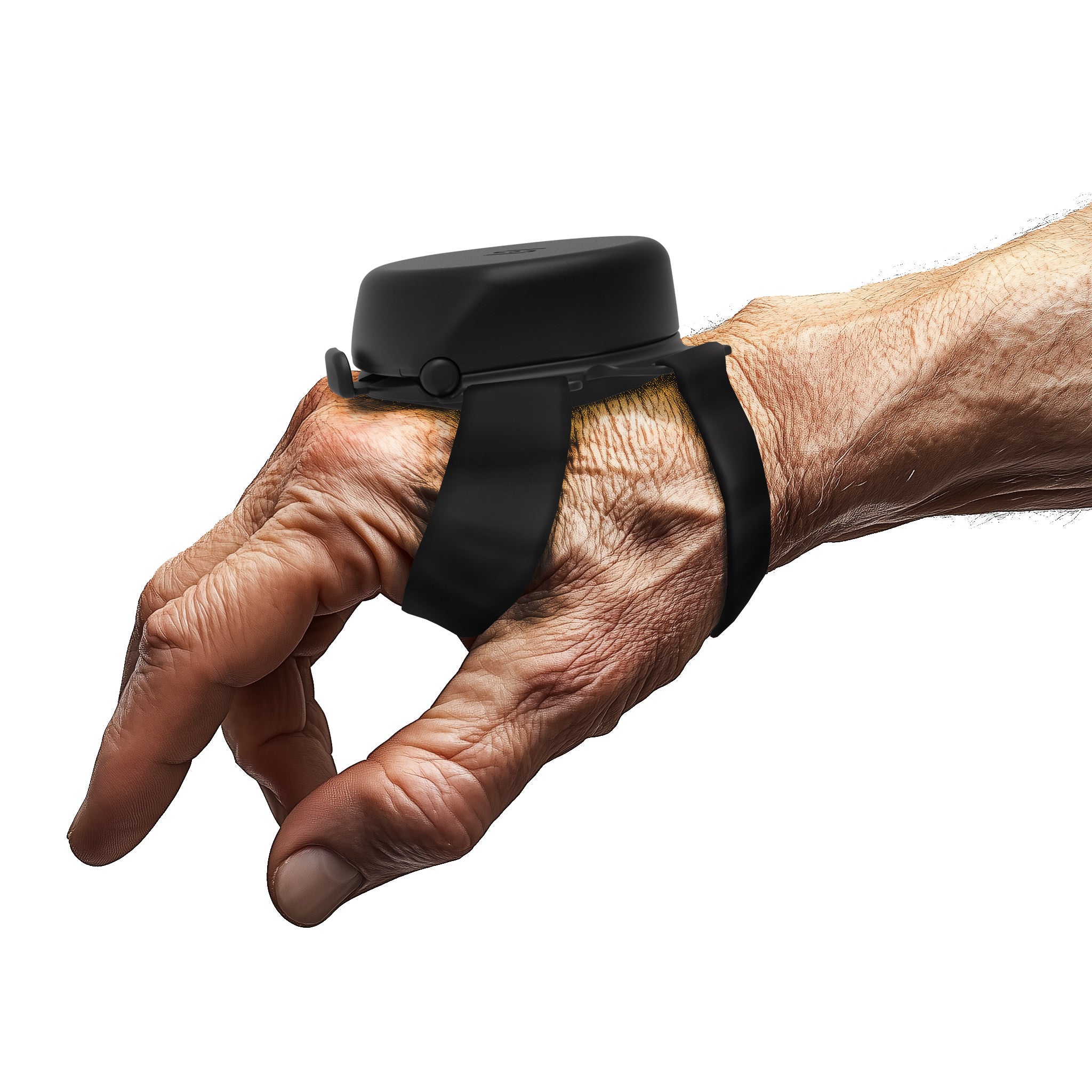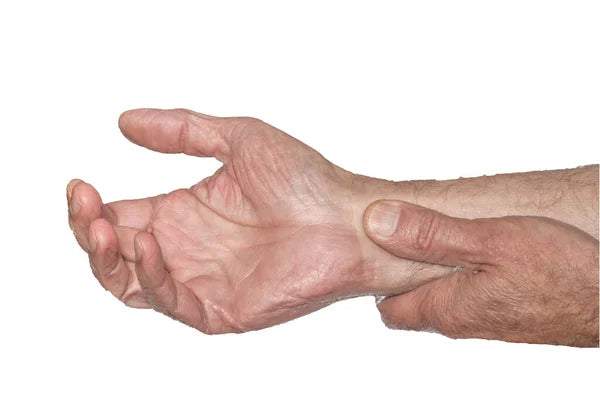Planning for care and managing Parkinson's disease effectively depends on determining the disease's severity and course. The Unified Parkinson’s Disease Rating Scale and the Hoehn and Yahr scale are two popular scales used for this purpose. Based on motor function and independence, the Hoehn and Yahr scale divides Parkinson's into stages, offering a straightforward but useful paradigm for clinical evaluation. On the other hand, the UPDRS scale provides a more thorough assessment as it covers both motor and non-motor symptoms in several domains. Let's investigate these scales in more detail and see how important they are for comprehending the complex nature of Parkinson's disease.
The Hoehn and Yahr Scale:
The Hoehn and Yahr scale is a well-known clinical tool used for assessing the course and severity of Parkinson's disease. This scale provides a clear and thorough staging method based on motor function and independence. It was first presented by Margaret Hoehn and Melvin Yahr in 1967. Higher stages on the scale, which goes from Stage 1 to Stage 5, indicate a more severe course of the disease.
Stage 1: Mild Symptoms
Parkinson's disease symptoms in Stage 1 are usually modest and unilateral, affecting only one side of the body. On the affected side, there may be mild tremors, stiffness, or slowness of movement at this point. People are still able to carry out all everyday tasks without being noticeably hindered by these symptoms. While family and friends may start to notice tiny changes in the patient's posture, facial expressions, or limb movement, balance is typically unaffected, and the patient frequently continues to function normally.
Stage 2: Bilateral Symptoms
As the disease progresses to Stage 2 on the Hoehn and Yahr scale, symptoms start affecting both sides of the body, but there is still no impairment of balance. Both sides now have tremors, stiffness, and slowness of movement, although the first affected side may have more severe symptoms at first. But, despite the increased symptoms, the patient's balance remains intact.
Stage 3: Moderate Disease
Stage 3 is characterized by balance impairment and postural instability. At this point, patients' motions become noticeably slower, and they have more trouble with fine motor skills. Everyday tasks become much more difficult, and the patient may require help with certain tasks. Physical activity generally slows down, and a hunched posture could become more noticeable.
Stage 4: Severe Disability
While the patient can still walk or stand without assistance, their handicap worsens in Stage 4 of the Parkinson's disability scale. Rigidity and bradykinesia are more evident, and tremors can occasionally be less noticeable even though they might be quite severe. The patient's ability to live independently is substantially impaired, requiring assistance with most tasks.
Stage 5: Advanced Disease
According to this Parkinson's scale, stage 5 is the most advanced stage of the disease, at which a patient must remain in bed or in a wheelchair. All facets of movement are impacted by severe motor issues, making even the most basic tasks very challenging. At this point, the patient needs other people to help them with all everyday tasks. The patient has very poor balance and is unable to stand or walk on their own, which makes it difficult for them to move around independently and often results in falls.

In Conclusion:
To conclude, evaluating Parkinson's disease using tools like the H&Y and UPDRS scales is crucial to comprehend the complex nature of this neurodegenerative condition that progresses over time. With the development of science and technology, the use of digital tools and objective measurements in evaluations improves their speed and accuracy, opening the door to more individualized methods of Parkinson's disease management. By addressing both motor and non-motor symptoms, these diagnostic techniques are essential for directing treatment choices and eventually working toward improved outcomes for people with Parkinson's disease.



